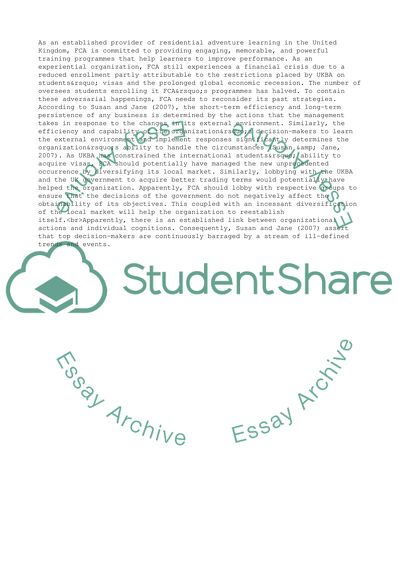Cite this document
(Facilities Management: Strategy and Practice Coursework, n.d.)
Facilities Management: Strategy and Practice Coursework. Retrieved from https://studentshare.org/management/1876173-facilities-management-strategy-and-practice
Facilities Management: Strategy and Practice Coursework. Retrieved from https://studentshare.org/management/1876173-facilities-management-strategy-and-practice
(Facilities Management: Strategy and Practice Coursework)
Facilities Management: Strategy and Practice Coursework. https://studentshare.org/management/1876173-facilities-management-strategy-and-practice.
Facilities Management: Strategy and Practice Coursework. https://studentshare.org/management/1876173-facilities-management-strategy-and-practice.
“Facilities Management: Strategy and Practice Coursework”, n.d. https://studentshare.org/management/1876173-facilities-management-strategy-and-practice.


